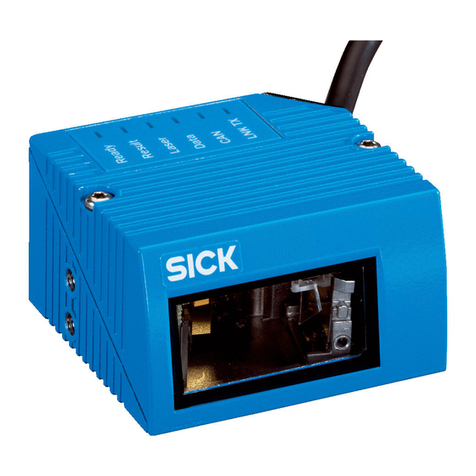
Opticon
OPI 2002
Specifications Manual
4
9.1. RS-232C Interface Spec ................................................................................................... 19
9.1.1. Settings and Communication...................................................................................................19
9.1.2. Signal Level..............................................................................................................................20
9.1.3. Interface Circuit........................................................................................................................20
9.1.4. Character Format.....................................................................................................................21
9.1.5. Communication Format............................................................................................................21
9.1.6. Handshaking ............................................................................................................................21
9.2. USB Interface Specifications............................................................................................. 27
9.2.1. Settings ....................................................................................................................................27
9.2.2. Interface Circuit........................................................................................................................27
9.3. Wedge Interface Specification .......................................................................................... 27
10. Cable and Connector ............................................................................................................... 28
10.1. RS-232C Cable ................................................................................................................. 28
10.1.1. Pin Assignment ........................................................................................................................28
10.2. USB Cable ........................................................................................................................ 29
10.2.1. USB Pin Assignment................................................................................................................29
10.3. Wedge Cable .................................................................................................................... 29
10.3.1. Wedge Pin Assignment............................................................................................................30
11. Default Settings ........................................................................................................................ 30
11.1. Set Default Interface ......................................................................................................... 30
11.2. Default Settings 1: Readable Codes ................................................................................. 31
11.3. Default Settings 2: Read Options, Trigger, Buzzer ........................................................... 33
11.4. Default Settings 3A: Serial Communication Settings—RS-232C, USB-VCP .................... 33
11.5. Default Settings 3B: Serial Communication Settings—RS-232C...................................... 33
11.6. Default Settings 4A: Keyboard Communication Settings—USB-HID, Wedge .................. 33
11.7. Default Settings 4B: Keyboard Communication Settings—USB-HID................................ 34
11.8. Default Settings 4C: Keyboard Communication Settings—Wedge................................... 34
12. Serial Number ........................................................................................................................... 34
13. Packaging Specifications ........................................................................................................35
13.1. Individual Packaging Specification.................................................................................... 35
13.2. Accessory Specifications .................................................................................................. 36
13.3. Collective Packaging Specification ................................................................................... 37
14. Durability................................................................................................................................... 38
14.1. Electrical and Power Line Noise ....................................................................................... 38



























